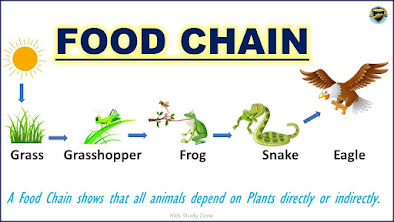Calcula
774,98:2,5= 374,80x96=
1- Human reproduction.
2- Sexual characteristics
3- The female reproductive system.
3.1. The female reproductive organs.
3.2.- Puberty in girls.
4- The male reproductive system.
4.1. The male reproductive organs
4.2. The Puberty in boys.
5- Pregnancy and birth.
5.1. Fertilisation
5.2. Development of the embryo
5.3. Development of the foetus
5.4. Birth
4- The male reproductive system.
Most of the female reproductive organs are internal.They are located in the lower abdomen.
3.2.- Puberty in girls.
When girls are between 10 and 16 years old their bodies experience a series of changes: the breasts begin to develop, pubic hair grows, they grow taller, their body fills out, glands in the skin and scalp produce more oil which can cause spots or acne, armpit hair begins to grow and menstruation typically starts between 10 and 15 years of age.
3.3.- The menstrual cycle
Once a girl reaches puberty, the ovaries start to release ova. An ovum is released from the ovaries into one of the fallopian tubes about every 28 days. This process is called ovulation. The walls of the uterus get thicker with extra blood and tissue prepare for fertilisation. If fertilisation does not happen, the ovum dries up and leaves the body through the vagina about two weeks later and women experience menstruation.
EJERCICIOS DE REPASO
1- Clasifica estas palabras:
• batidora • revivir • lentísimo • violinista
• deshecho • miedoso • extraordinario • desenchufar
Con prefijo ►
Con sufijo ►
2- Forma nuevas palabras añadiendo prefijos o sufijos.
Prefijos
Sufijos
• cómodo ► • grande ► • dotado ►
• fruta► • enredar ► • reloj►
3- Subraya el núcleo de estos grupos nominales, rodea de azul el determinante y de rojo
• Aquel día maravilloso. • Este tobogán empinado.
• El planeta rojo. • Aquellos frondosos árboles.
• Esas hermosas pinturas. • Las películas infantiles.
4- Clasifica los determinantes de estos grupos nominales:
• Mi amigo incondicional. • Aquellos libros antiguos.
• Algunas bicicletas viejas. • Tres gatos blancos.
- Demostrativo
- Posesivo
- Numeral
- Indefinido
5- En cada pareja hay una palabra con diptongo y otra con hiato. Clasifícalas y pon las tildes
necesarias.
-clausula -rocio -aire -miedo
-teatro -adios -pasteleria -trio
Palabras con diptongo:
Palabras con hiato:
6- Escribe tilde en las palabras que lo precisen.
• A mi no me gusta gritar. • Me gusta mi estuche.
• ¿A que hora se levanta Andrés? • ¡Que se yo!
• ¿Donde está tu amigo? • Tu estás en el equipo.
• ¡Como sudaba el atleta! • ¿Quien ha encestado?
Humans reproduce by sexual reproduction. Reproductive cells in male humans are called sperm while in females they are called ova. When they meet, they produce a zygote which eventually becomes an embryo, which turns into a foetus and then finally into a baby!
However, humans have to reach sexual maturity before they can reproduce. This happens in adolescence, the stage between childhood and being an adult.
¿Qué es una sinalefa?
Un soneto me manda hacer Violante
Un soneto me manda hacer Violante
que en mi vida me he visto en tanto aprieto;
4-Food chains and food webs Organisms need energy to grow and reproduce. Some organisms, such as plants, make their own food, but most feed...
